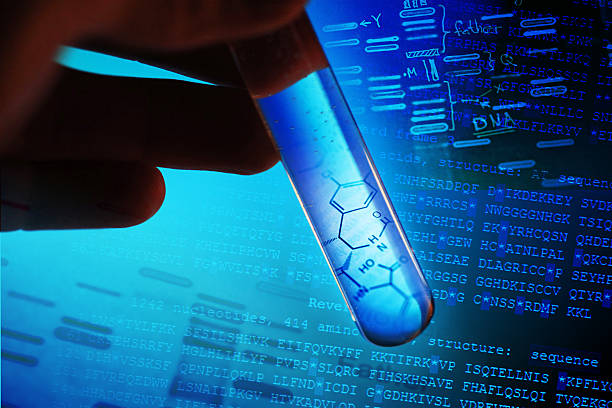
The most common ancestry DNA kits available today are a strange mix of vague estimates and clear cut science. It is well known that everyone’s genetic code is a blueprint of who we are as people yet they are completely impossible to 100% make sense of simply because they rely on genetic markers to use as reference.
Each company uses a different database made with their own definition of reference populations per region. These slight differences are not incorrect, they are simply a different interpretation and it is these variating interpretations that leave customers minds muddled. The process of an ancestry DNA test is actually quite simple and once understood it makes it easier to piece together you and your family’s genetic makeup.
An ancestry DNA test is based on the autosomes of each parent. 23 pairs of chromosomes make up each person and while the 23rd pair are identified as the X and Y sex chromosomes, the other 22 are autosomes. These autosomes are made up of DNA from both parents which makes it a broader examination of the maternal and paternal lineages.
This DNA is extracted from the sample provided in the kit, usually saliva, and then closely inspected to identify genetic markers and establish haplogroups. Haplogroups are a population of people who share a common ancestor from either the matrilineal or patrilineal line.
The ancestry DNA kit also looks at matches, which are potential relatives based on segments of identical DNA. Based on the amount of DNA shared between matches, scientists are able to discern the type of relationship those two people have. For instance, a grandchild and grandparent will have a larger portion of matching DNA than two distant cousins.
The genetic code of maternal and paternal lineages is compared to every reference population included in the company’s database to discern geographic location and other markers. Since this type of test searches for existing matches and connects to specific locations, it makes for an interesting puzzle that often uncovers familial sides that were previously unknown.
It is important to note that the process of recombination, when the DNA is scrambled together during reproduction, is completely random and sometimes offspring will express a genetic code possessed by no one else in their lineage.
The Ancestry DNA Kit is also able to inform users about the migration patterns of their ancestors. By grouping together genetic communities, a specific code can be established and looked for throughout various locations over time. So when one genetic community is established in one area and then starts to continuously pop up in area 2, a migration occurred. Thanks to locating birth parents and offspring by utilizing geographic genetic markers, these migrations are easily discernible.
The ancestral migrations are of unique importance because it is a significant example of different genetic phenomenon as well as cultural changes. For instance, thanks to identifying genetic markers of ancient Middle Eastern peoples we are able to trace their migration from Africa to Europe.
We are also able to glean information based off of heirlooms and understand commerce trends, currency transactions and other culturally significant information pertaining to ethnicity and geographic location. However, this type of qualitative data combined with scientific evidence to support it, creates a vision of our history that helps understand humanity’s progress through the ages.
The autosomal DNA test is a big picture look at mysterious pasts, questionable histories and unlocks archaic knowledge once deemed lost. With the unknown suddenly becoming known we are able to pinpoint patterns of humankind that were previously rough estimates. It is an exciting key that frequently unlocks past puzzles simply because of the autosomal test ability to encompass both lineages and hit a wider range of information.
This wide range of information creates a big picture of the past and as customers do their part in filling in the blanks with family members, recorded documents, heirlooms and essentially any piece of history that might prove significant in some way or other, the truest story is able to be told.
Since each autosomal test relies on the different databases of information each genetic testing company provides, it is suggested to the true fanatics of genealogy to submit their reports when possible to the different databases or simply purchase DNA testing kits from each genetic company and convince family members to do the same.
The world is shrinking and as globalization grows ever omnipresent, discerning the history of where we came from, how we are similar and what we can do to move forward together, is an integral step forward into the future of humanity.